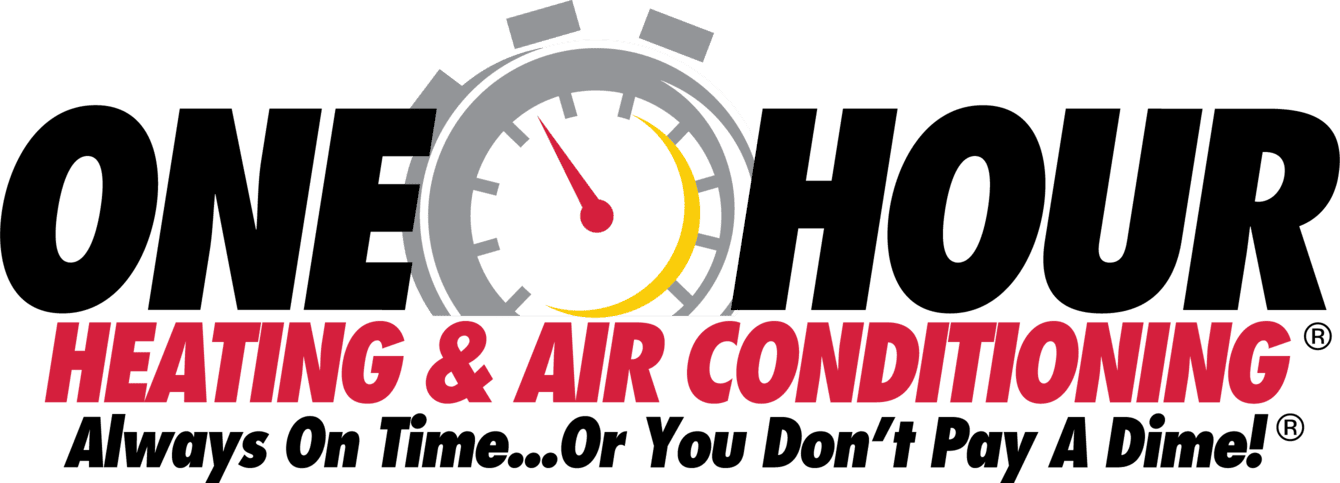HVAC Blower Motors: What They Do and How They Work
Residential HVAC systems are immensely complex and require many parts to work in concert. While larger HVAC components like furnaces and ductwork get top billing, one smaller device keeps treated air moving: the humble blower motor. See why this mighty motor is crucial to an efficient HVAC system and what problems can limit its impact.
What Is the Blower Motor in My HVAC?
A blower motor is a small electric motor that powers the attached blower fan. There are two types of blower motors used in residential heating and cooling systems:
- Single-speed: A blower motor that operates at a fixed speed and turns off when the desired temperature is reached.
- Variable-speed: A blower motor that runs at different speeds, which helps maintain more consistent temperatures and can improve energy efficiency.
What Does a Blower Motor Do?
The blower motor power the blower fan, which circulates treated air through the home’s ductwork. These two components are so closely related that some homeowners tend to think of them as a single part or even use the terms interchangeably.
Blower motors, however, are distinct and rely as heavily on your thermostat as the blower fan.
Here’s how blower motors work:
- The thermostat reads the indoor temperature and sends an electronic signal to the blower motor if it’s too cold or too hot.
- The blower motor turns on, spinning the motor shaft connected to the blower fan.
- The blower fan spins, pushing conditioned air through the home’s ductwork and into living spaces through air vents.
Where Is the Blower Motor Located?
The exact location of the blower motor varies by appliance, manufacturer, and model.
- For most furnaces, you’ll find the motor in the unit's base, typically next to the air filter.
- For most air conditioning units and heat pumps, the blower motor is located inside the air handler, which is part of the indoor portion of the AC or heat pump system.
Depending on the system design, a single blower motor may handle both heating and cooling. Check with your local One Hour Heating & Air Conditioning for expert insight into your home’s HVAC design.
The Three Most Common Motor Blower Problems
Motor blowers rely on several other components to function properly and benefit from regular HVAC maintenance. A well-maintained blower typically lasts between 10 and 20 years, depending on how often the system runs, dust and humidity levels, and the quality of the motor’s design.
Some of the most common blower motor problems homeowners experience come down to one of these three issues:
- Dirty or clogged components: Dust, dirt, hair, and other debris can accumulate on the motor, ultimately causing overheating problems, reduced efficiency, and an increased risk of failure.
- Worn bearings: The motor’s bearings can wear out with time, negatively impacting energy efficiency. Worn blower motor bearings can sometimes make a loud whining or scraping sound.
- Electrical issues: Faulty wiring and bad connections affect blower motors in two ways. First, electrical problems can cause inconsistent electrical supply, causing the motor to turn on and off. Second, bad wiring keeps the motor from receiving signals from the thermostat to run.
Regular care can mitigate these issues and reduce the need for emergency HVAC repairs.
How to Test a Blower Motor (without a Multimeter)
Your local One Hour Heating & Air Conditioning technician will use a multimeter to check for an adequate power supply and connection to the thermostat. No multimeter? You can still give your system a visual inspection to help you decide if the motor requires expert attention.
Here’s how:
- Power down your HVAC system. We recommend turning off power to your HVAC system at the circuit panel before examining HVAC equipment.
- Inspect the motor. Look for any visual signs of damage, obstruction, dust, or debris buildup. You can safely use a damp rag to remove dirt or dust outside the motor, shaft, and fan.
- Give it a spin. Lightly spin the fan with your fingers. It should spin smoothly, with little to no resistance from the blower motor.
If the motor or other components seem damaged or turn unevenly, it could be time for a blower motor replacement. Your local One Hour Heating & Air Conditioning will quickly diagnose the problem and fix it in no time!
We’re Fans of Hard-Working Blower Motors
Home life is always better when you’re comfortable. From motors to fans, vents, and filters, your local One Hour Heating & Air Conditioning is dedicated to providing you with exceptional HVAC service when you need it most.
For HVAC blower motor installation, repair, or replacement, a friendly, experienced technician is ready to help. Find the location near you or call (800) 893-3523 today to get started
